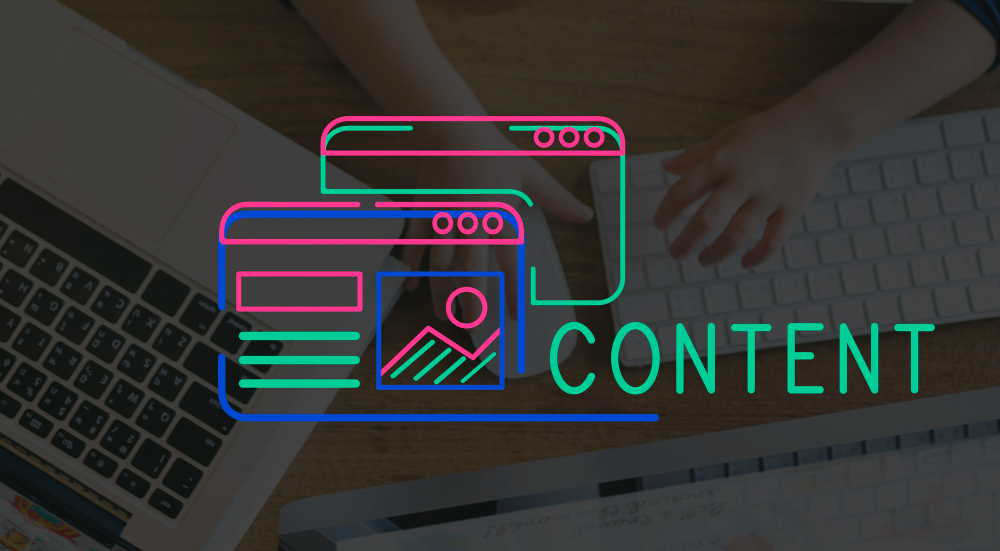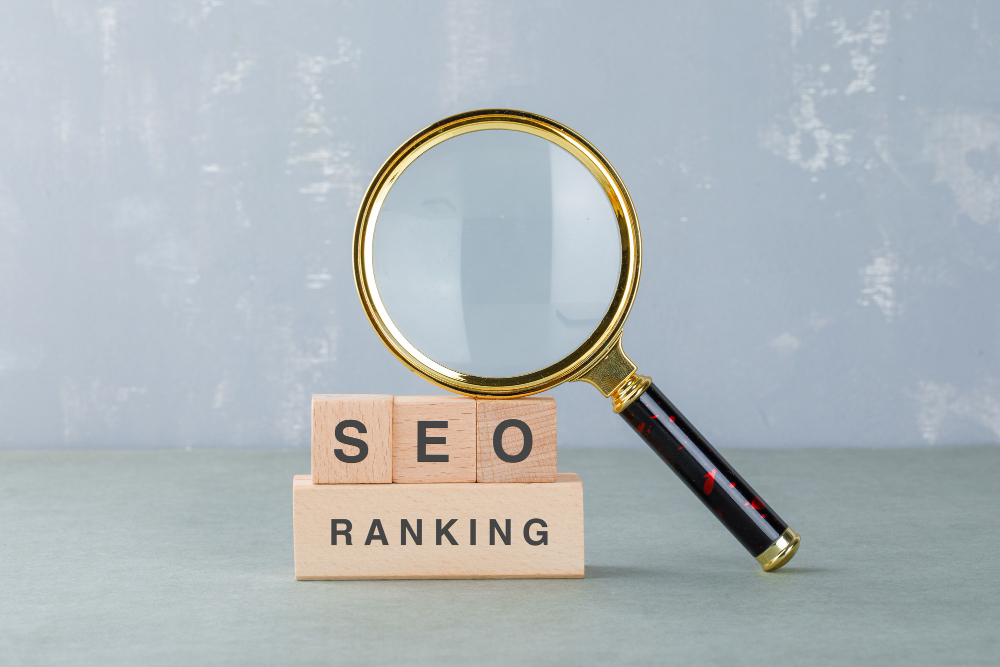Are you making the content for your website or blog regularly but still think you are missing a few things to make it completely SEO-friendly? SEO is the best way to make your blog and the content itself stand up to achieve more readability. Here, you can find some of the best tools that use SEO managers.
Keep reading because you will be able to read the five best ways to tweak your content to get better SEO results.
1. Useful and High-Quality Content
Everyone will agree that without high-quality content, the chances are minimal of optimizing it well for SEO. So, before starting with some tech-related optimizations, you need to make sure that the content is good.
Content should be:
- Useful – you should give a lot of value to your readers
- Engaging – you don’t want readers to quit your article in half of the reading because they got bored
- Easy to find – you want to use simple and concrete words in the title and introduction of the article.
- Comprehensive – make sure that the reader finds in the article what he needs and why he came to the article.
You need to provide the most straightforward and strongest answers to user questions because that is the best way to get ranked better on Google.
Also, the high-quality images and videos, which are preferably hand-taken or created uniquely by you, are a good way to boost your content quality.
2. Keywords Research

Before you start writing your article, keyword research is a must. The focus needs to be on low-competition keywords, and you can use a mix of the long-tail keywords and head terms.
You can also use the keyword in the anchor text while interlinking the target page with other authoritative content. Keywords should be used unpretentiously and strategically.
For the best results, you should incorporate keywords into headings/page titles. Try to use super-niche keywords and don’t stand with standard ones that are already over-saturated.
For the keyword research, you can use Keyword Planner, a tool created by Google Adwords.
3. Boost Trust With Links
Until back in 2012, links were all the philosophy of Google SEO. In the meantime, that has changed, and now it is not enough to just have links that lead to your site or fulfill articles with internal and external links. There are so many factors that affect how good will be your site rank.
But the fact is that links still mean a lot to SEO. The difference is that today the quantity is not as important in linking as the quality. Every article should have at least one internal and one external link.
So, before publishing your blog article today, think carefully about pressing that “publish” button if you didn’t add internal and external links. External links should lead to authoritative websites that have a good ranking on Google. Also, they should be trustworthy, relevant, and reliable.
Be sure to place links only where they give value and avoid spamming.
4. Page Title, URL, and Headlines Optimization
On-page SEO is crucial for every article. You can start with optimizing the page title, URL, and headlines. Here is how you can do it:
- Title: Use your target keyword at the beginning of the title
- URL: It should be short and contain 2-3 words with your target keyword.
- Headlines: Use your target keyword and variations in:
- H1 (once)
- H2 (at least twice)
- H3 tags (at least once)
5. Format Your Content

Content formatting is crucial to confirm your visitors consume your content. Down below, you will see some tips on how you should structure your pages.
- Write in a casual – conversational tone.
- Use high-quality images, screenshots, videos, and visuals
- Use bullet lists when needed
- Use bold, italic, and underline options to highlight meaningful text
- Make a space between the paragraphs to make the content easily readable
Make sure to use relevant keyword-rich phrases throughout your content and in the headlines, but don’t overdo it with keywords because Google may mark it as spam. Just keep it natural!
This may all seem complicated at first, but with time these things will become a habit, and you will be grateful to yourself for reading our article on time.
